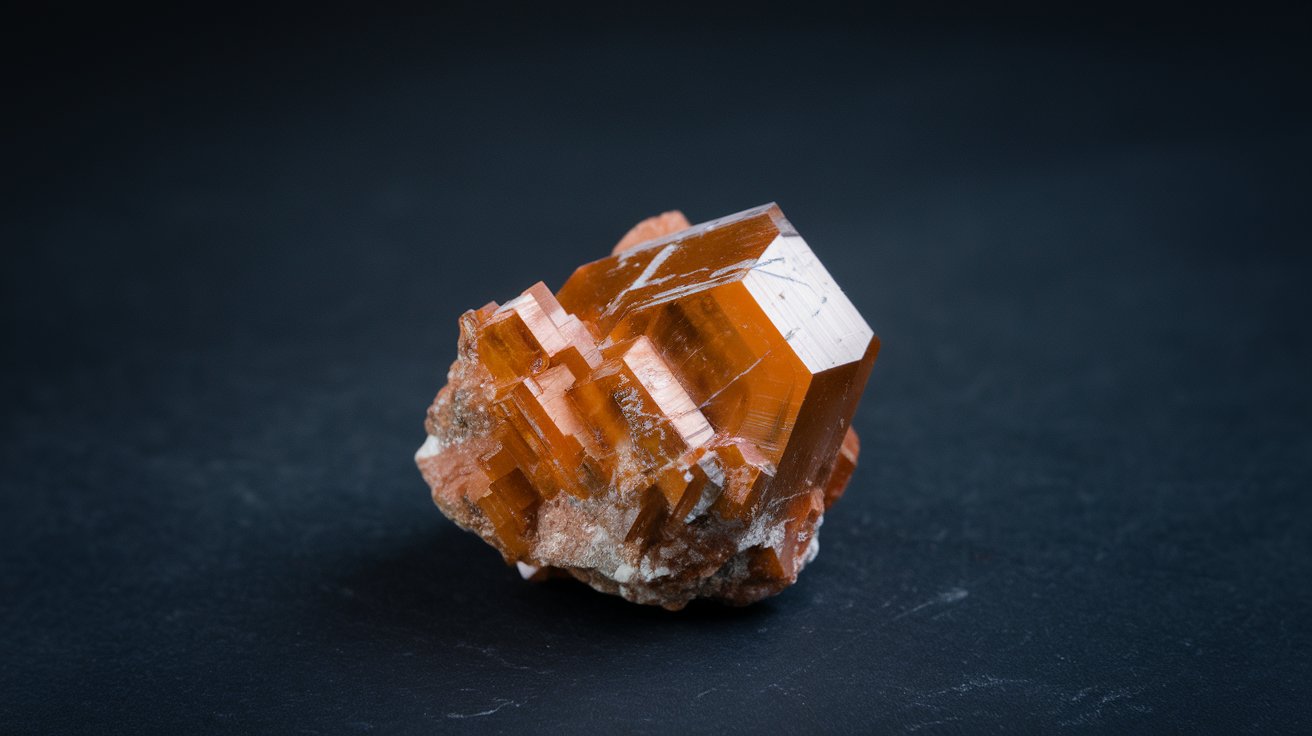
Cerium(III) bromide might sound like a mouthful, but this compound is more interesting than you might think. Cerium is a rare earth element, and when combined with bromine, it forms cerium(III) bromide, a substance with unique properties and uses. This compound has applications in optics, electronics, and even nuclear technology. But what exactly makes cerium(III) bromide so special? From its crystal structure to its role in scintillation detectors, there's a lot to uncover. Let's dive into 25 fascinating facts about cerium(III) bromide that will shed light on its significance in science and industry.
Key Takeaways:
- Cerium(III) Bromide, with the chemical formula CeBr3, has unique properties and applications. It's used in scintillation detectors, catalysis, and optical materials, and requires careful handling and disposal to minimize environmental impact.
- Cerium(III) Bromide, part of the lanthanide series, has a hexagonal crystal structure and ionic bonding. It was discovered in 1803 and is relatively stable in the environment, but proper handling and disposal are important to prevent contamination.
What is Cerium(III) Bromide?
Cerium(III) Bromide, also known as cerium tribromide, is a chemical compound with the formula CeBr3. This compound is part of the lanthanide series and has some unique properties and applications. Let's dive into some fascinating facts about Cerium(III) Bromide.
Basic Properties of Cerium(III) Bromide
Understanding the basic properties of Cerium(III) Bromide can help us appreciate its uses and significance.
- Chemical Formula: The chemical formula for Cerium(III) Bromide is CeBr3.
- Molecular Weight: It has a molecular weight of approximately 379.83 g/mol.
- Appearance: Cerium(III) Bromide typically appears as a white or pale yellow crystalline solid.
- Melting Point: This compound has a melting point of around 722°C (1332°F).
- Boiling Point: The boiling point of Cerium(III) Bromide is about 1450°C (2642°F).
Chemical Structure and Bonding
The structure and bonding of Cerium(III) Bromide play a crucial role in its properties and reactivity.
- Crystal Structure: Cerium(III) Bromide crystallizes in a hexagonal structure.
- Ionic Bonding: The compound features ionic bonding between cerium cations (Ce3+) and bromide anions (Br-).
- Coordination Number: In its crystalline form, cerium typically has a coordination number of 6, meaning each cerium ion is surrounded by six bromide ions.
Production and Synthesis
The methods used to produce Cerium(III) Bromide are essential for its availability and purity.
- Synthesis Method: Cerium(III) Bromide can be synthesized by reacting cerium metal with bromine gas.
- Purification: The compound is often purified through sublimation, a process where it transitions from solid to gas without passing through a liquid phase.
- Commercial Production: It is commercially produced for various industrial and research applications.
Applications of Cerium(III) Bromide
Cerium(III) Bromide has several applications due to its unique properties.
- Scintillation Detectors: It is used in scintillation detectors, which are devices that detect and measure ionizing radiation.
- Catalysis: The compound serves as a catalyst in various chemical reactions, especially in organic synthesis.
- Optical Materials: Cerium(III) Bromide is used in the production of optical materials due to its transparency to ultraviolet light.
- Research: It is frequently used in scientific research to study the properties of lanthanide compounds.
Safety and Handling
Handling Cerium(III) Bromide requires certain precautions to ensure safety.
- Toxicity: While not highly toxic, it should be handled with care to avoid ingestion or inhalation.
- Protective Equipment: Use of gloves, goggles, and lab coats is recommended when handling the compound.
- Storage: Cerium(III) Bromide should be stored in a cool, dry place, away from moisture and incompatible substances.
Environmental Impact
The environmental impact of Cerium(III) Bromide is an important consideration.
- Environmental Persistence: The compound is relatively stable and does not easily degrade in the environment.
- Disposal: Proper disposal methods should be followed to prevent environmental contamination.
- Regulations: There are specific regulations governing the use and disposal of Cerium(III) Bromide to minimize its environmental impact.
Interesting Facts
Here are some additional intriguing facts about Cerium(III) Bromide.
- Discovery: Cerium was discovered in 1803 by Jöns Jakob Berzelius and Wilhelm Hisinger.
- Lanthanide Series: Cerium is part of the lanthanide series, which includes 15 metallic elements.
- Rare Earth Element: Cerium is classified as a rare earth element, though it is relatively abundant in the Earth's crust.
- Fluorescence: Cerium(III) Bromide exhibits fluorescence, making it useful in certain types of lighting and display technologies.
Final Look at Cerium(III) Bromide
Cerium(III) Bromide, a fascinating compound, plays a crucial role in various scientific and industrial applications. Its unique properties make it valuable in fields like electronics, optics, and even medicine. This compound's ability to act as a catalyst in organic reactions highlights its importance in chemical research. Additionally, its use in scintillation detectors showcases its significance in radiation detection and measurement.
Understanding Cerium(III) Bromide's properties and applications can provide insights into its potential for future innovations. Whether you're a student, researcher, or simply curious about chemistry, knowing these facts can deepen your appreciation for this remarkable compound. Keep exploring and learning about the wonders of chemistry—there's always something new to discover.
Frequently Asked Questions
Was this page helpful?
Our commitment to delivering trustworthy and engaging content is at the heart of what we do. Each fact on our site is contributed by real users like you, bringing a wealth of diverse insights and information. To ensure the highest standards of accuracy and reliability, our dedicated editors meticulously review each submission. This process guarantees that the facts we share are not only fascinating but also credible. Trust in our commitment to quality and authenticity as you explore and learn with us.
